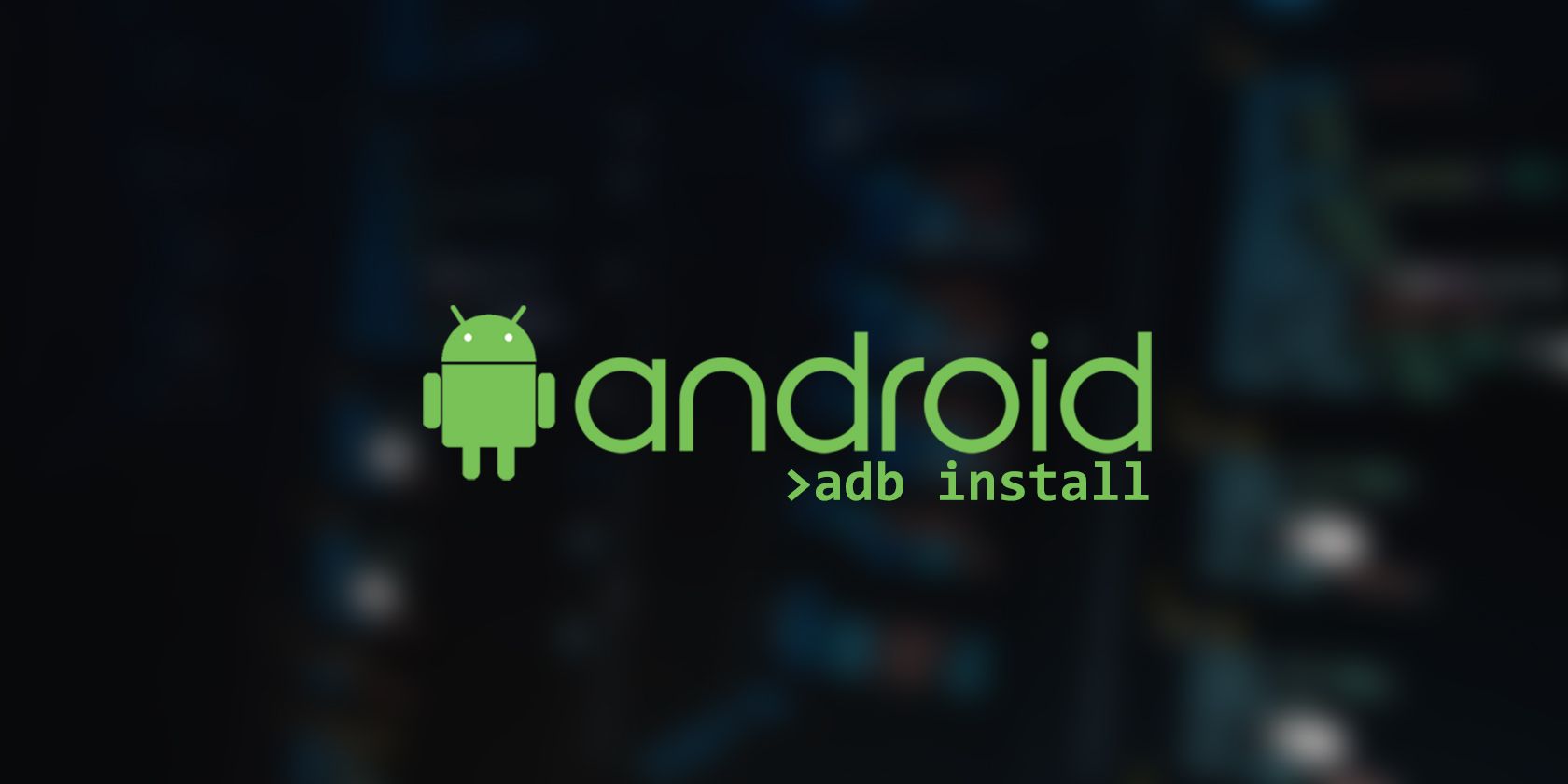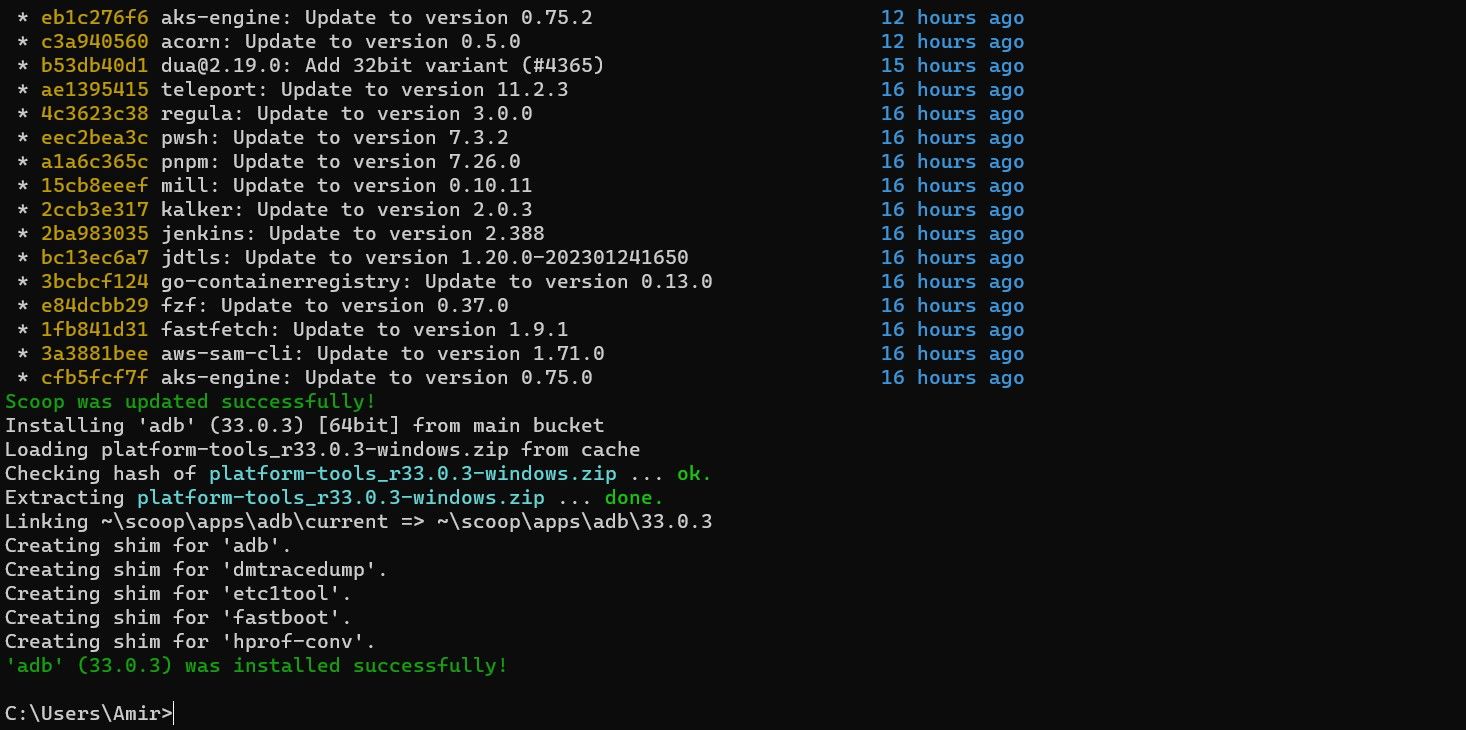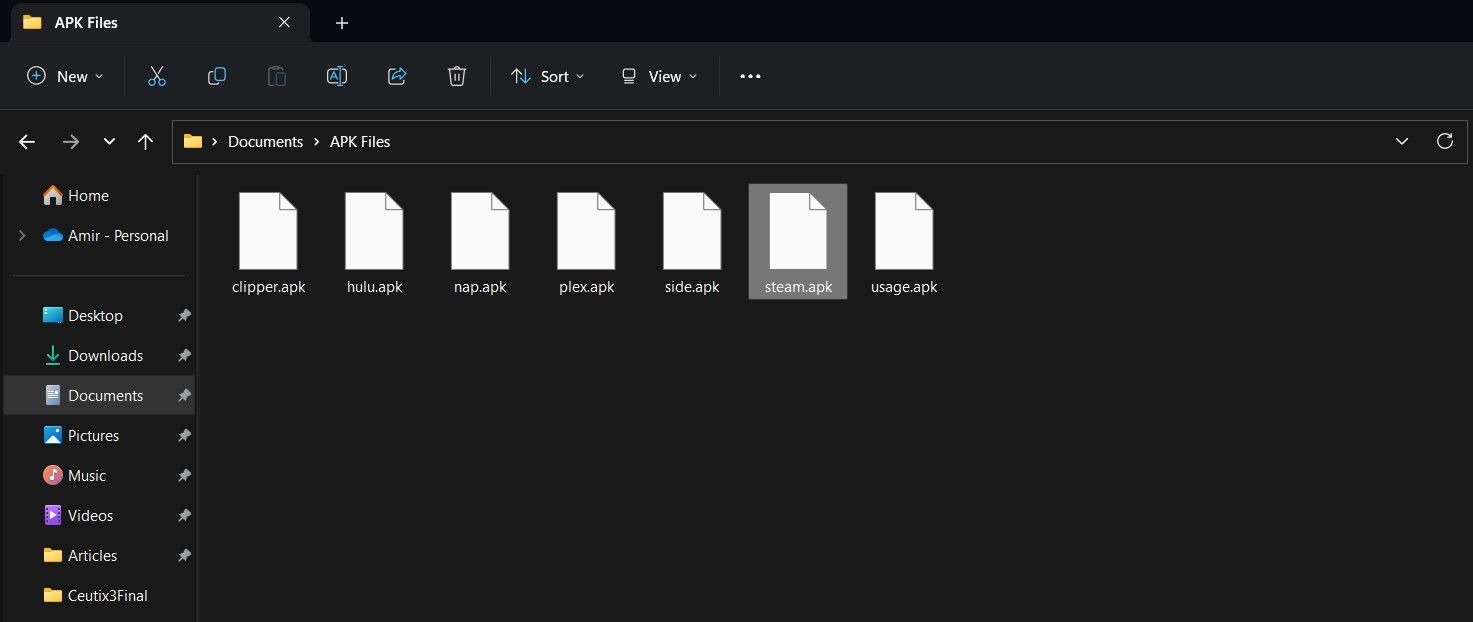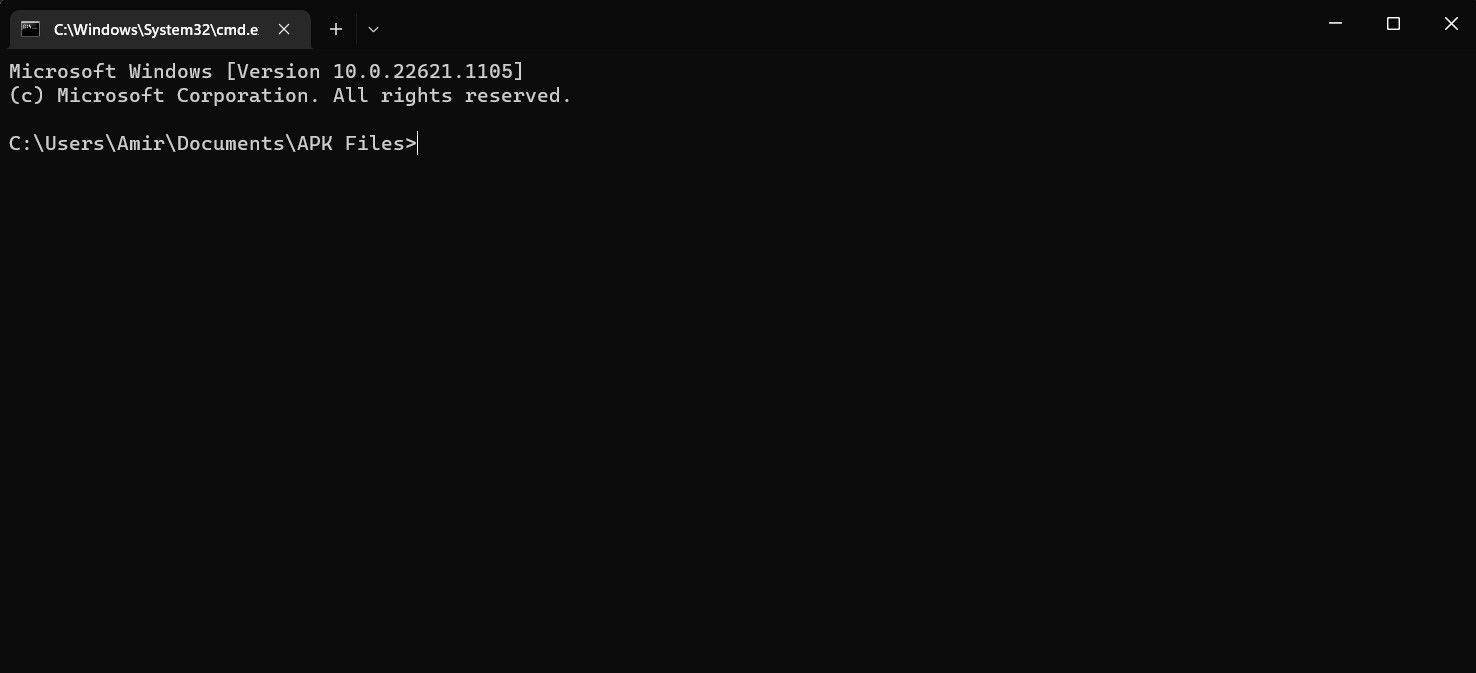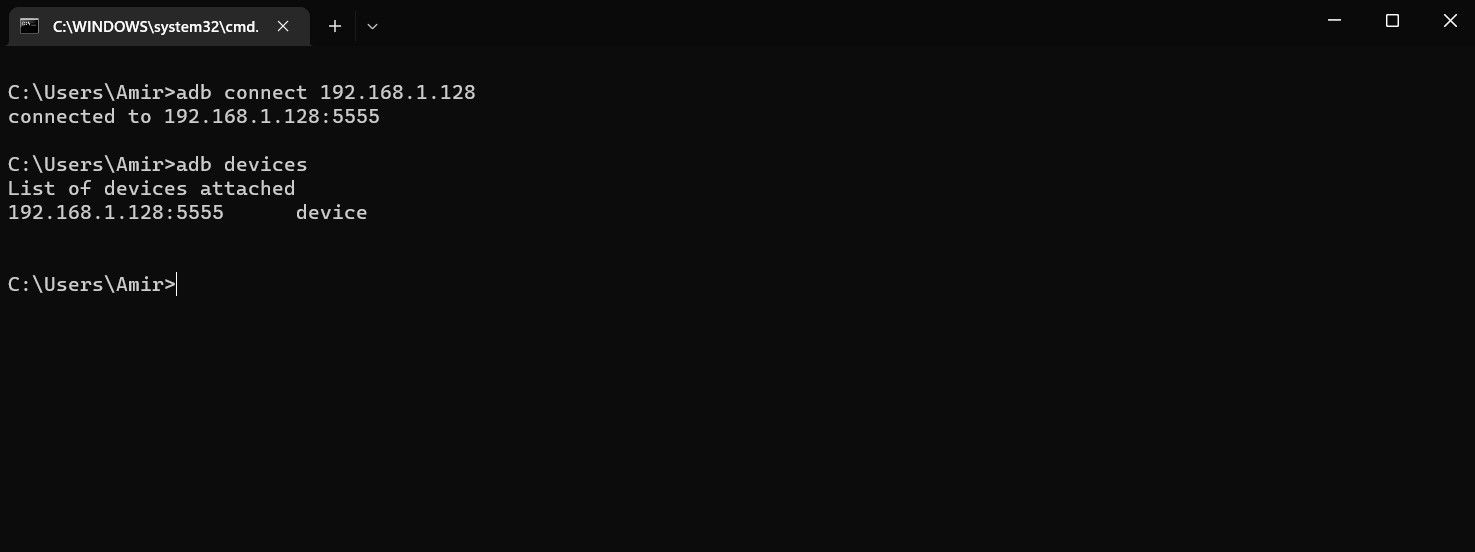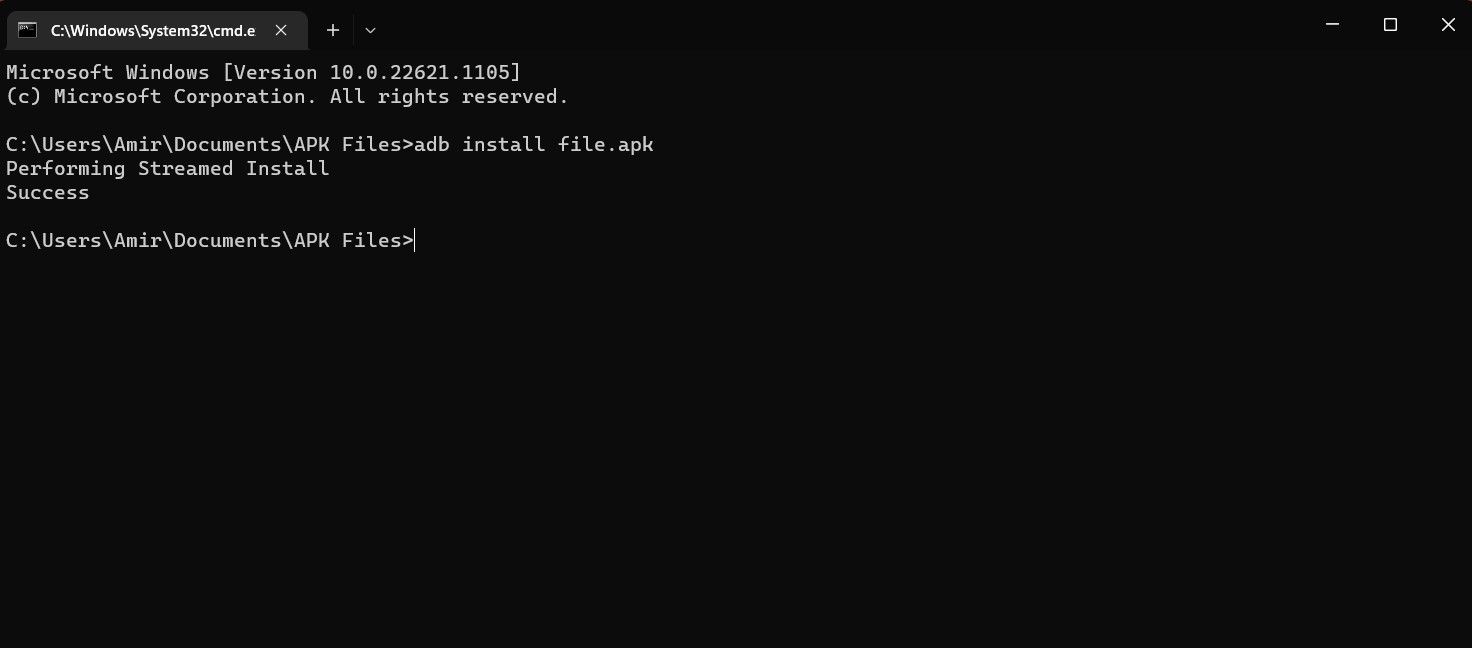Sideloading apps from your computer onto your Android device is often a time-consuming process, but it doesn't have to be. If you're willing to put in a bit of extra effort and use ADB, you can rapidly install apps on any Android device.
ADB is a remarkable tool that can accomplish many feats, including remotely sideloading apps. In this article, we'll show you how to install ADB and use it to install apps on your Android device, making the process as efficient as possible.
Installing APK Files With ADB
Android Debug Bridge, or ADB, is a command-line tool that can communicate between your computer and your Android device. ADB allows you to run commands on your Android device directly from your computer, giving you total control over your device.
The classic method to sideload apps on Android is to move the APK file to your Android device and manually install it. This method is simple enough if the APK is already on your phone. But if you want to sideload an APK from your computer, you have to hook up your device to your computer and move the APK file first.
With ADB, however, you don't need to move the files to your Android device. All you need to do is to connect to your device and point ADB at the file you want to install. Connecting ADB to your device through wireless debugging is even more hassle-free. That way, you can sideload apps from your computer without even touching your Android phone.
Sideloading apps with ADB is a great time-saver, especially when dealing with stationary devices such as an Android TV box. Moving files from your computer on a USB stick is a bother when you have to walk from your room to the TV each time. No more! ADB has got your back.
1. Install ADB on Your Computer
First things first, you need to install ADB on your computer. ADB is available for Windows, Mac, and Linux. We'll be using a Windows device.
There are two pathways you could take to install ADB. The first method is downloading ADB and extracting it on your computer. The second and preferred method is installing it with a command-line installer such as Scoop for Windows or Homebrew for Mac.
Installing ADB through a command-line installer allows you to use it in any directory on your computer. Once you've installed Scoop, you can install ADB on Windows by running the following command:
scoop install adb
This command will automatically download and install ADB. Scoop will let you know if you're lacking any of the dependencies. If it asks you to install them, type Y and press Enter on your keyboard to allow it.
That's it! ADB is ready to deploy. You'll need to input different commands if you're using other platforms. The command for Linux would be:
sudo apt-get install android-tools-adb
For Homebrew on Mac:
brew install android-platform-tools
2. Locate the APK File
Now it's time to locate the file you want to install on your Android device. Whether you have it downloaded or you're a developer and want to try out your app, it's good practice to organize all your APK files in a dedicated folder.
Store your APK files in a folder of your choosing. Give the files short and concise names to reduce inaccuracies when inputting the file's name in ADB.
3. Launch the Terminal
You can use a terminal such as Command Prompt to operate ADB. To make things as efficient as possible, it's best to launch Command Prompt in the same directory as your APK files. Here's how you can do that on Windows:
- Open the folder in File Explorer.
- On your keyboard, press Alt + D. This will highlight the address bar.
- In the address bar, type cmd and then press Enter.
This will open an instance of Command Prompt in that directory so that you don't have to refer to each file's location.
4. Connect to Your Android Device With ADB
You need to enable USB debugging to connect to your Android device. With USB debugging enabled, connecting your device to your computer with a USB cable will automatically connect it to ADB. If a prompt comes up on your Android device, accept it to grant your computer the required permissions.
To ensure you're connected, run the command below in Command Prompt:
adb devices
This command will list the connected devices. Your Android device's serial should show up in the list.
Connect Wirelessly
If you're keen on connecting wirelessly, go to your Android device's Developer options and enable Wireless debugging and Wireless ADB debugging.
Then head back to Settings, go to About phone, and tap on Status. Scroll down and jot down your device's local IP.
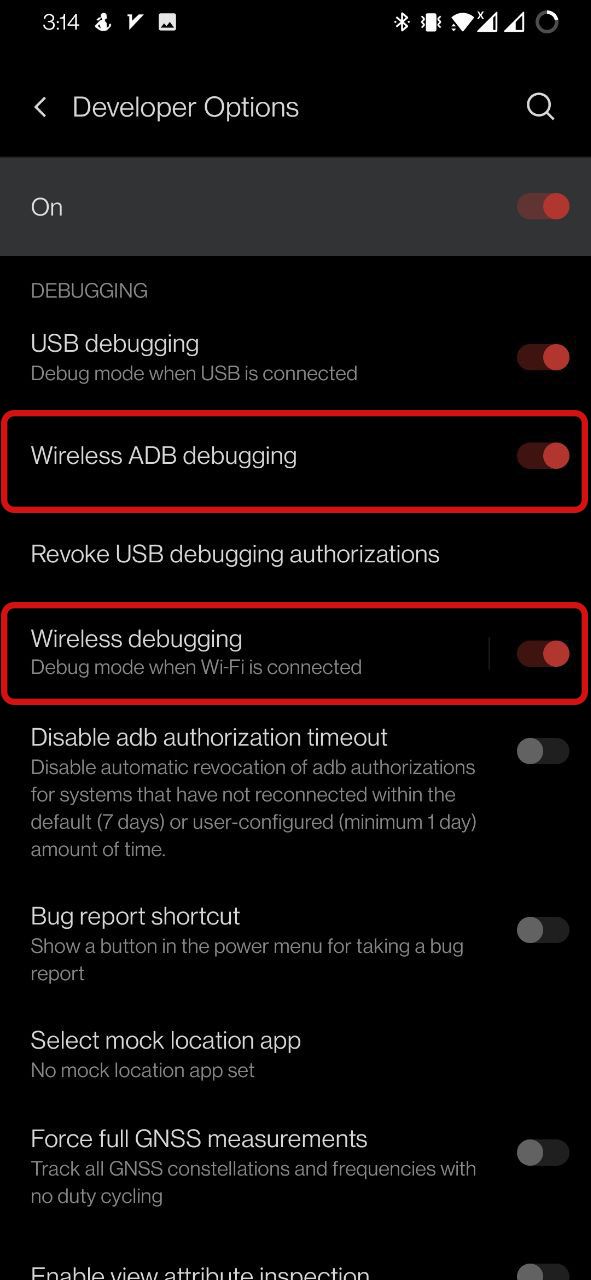
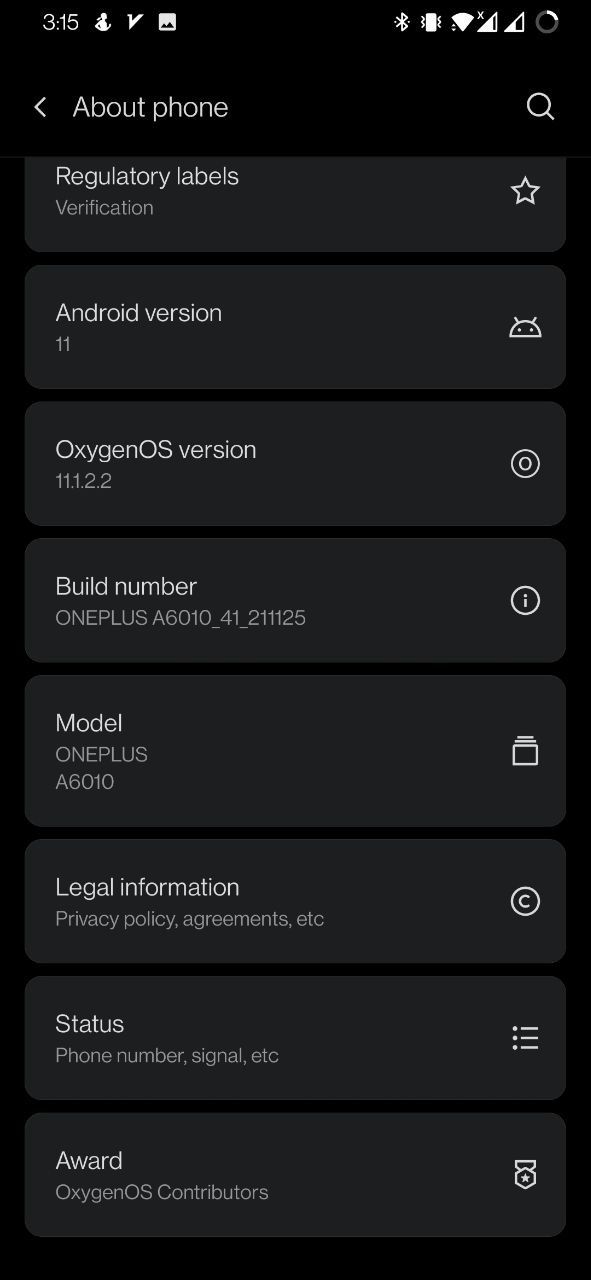
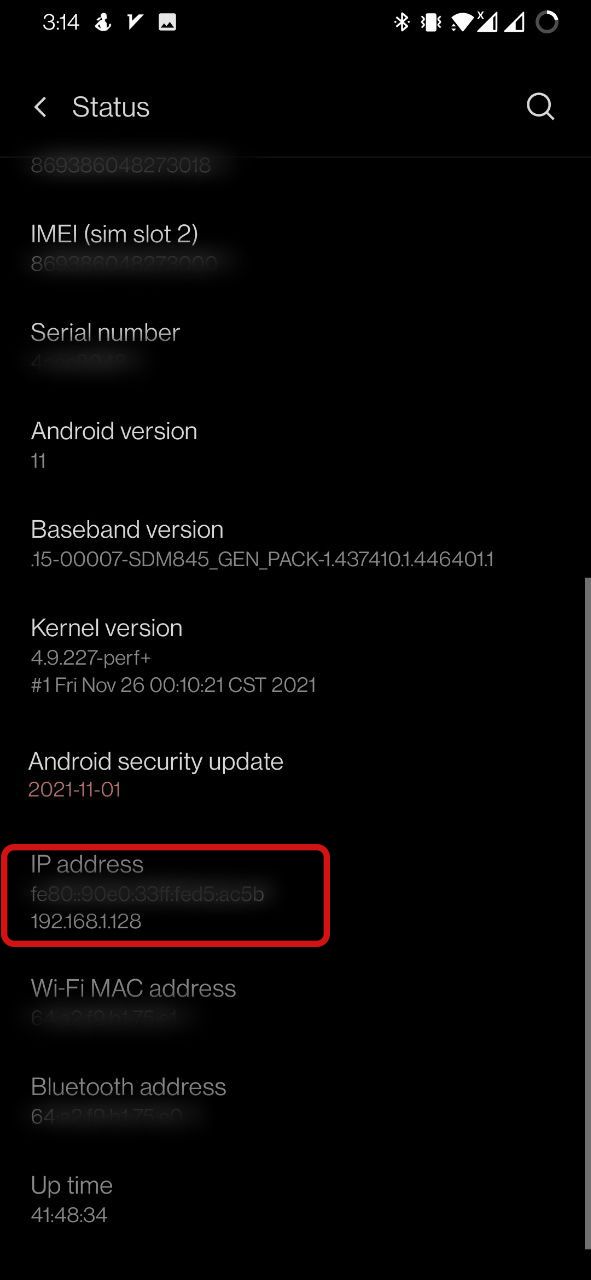
With everything ready, it's time to connect your Android device wirelessly. Ensure the two devices are on the same connection (your home Wi-Fi, for instance). Open Command Prompt, replace the IP in the command below with your device's IP, and then run it.
adb connect 192.168.1.128
Once you run this command, a prompt will appear on your Android device. Allow it to give your computer debugging permissions. Now run the command below to see a list of connected devices. Your device's IP address should be listed.
adb devices
4. Install the APK With ADB
Finally, it's time to install the APK file on your Android device. This final step is easy as pie—assuming that you've opened Command Prompt in the same directory as your APK files and are connected to your Android device.
It takes one simple command to install APK files with ADB:
adb install file.apk
Replace file.apk with your file's name in the command above and run it in Command Prompt. The .apk extension is necessary, so don't leave it out!
ADB should reply with Performing Streamed Install. This will take a while, depending on the app and your device. Once the installation is complete, ADB will return Success.
Tada! Your APK is now successfully sideloaded on your Android device, and you didn't even have to move the files. You had to accept some prompts on your Android device to grant some permissions since this was the first time, but from now on, all you need to do is to connect and install. Simple as that!
ADB Makes Sideloading Apps Easy
Sideloading is a popular activity that allows you to install whatever you want on your Android devices and bypass Google Play restrictions. If you're a developer, you might want to sideload your app on different Android devices before you publish it. But do you have to move a new copy to the device each time you fix a bug?
Not with ADB! This command-line tool allows you to control your Android device through your computer. ADB can do many things, including installing APK files without moving them. Now that you're familiar with both ADB and wireless debugging, it's time to ditch the sticks and cables and start effortlessly sideloading apps.

